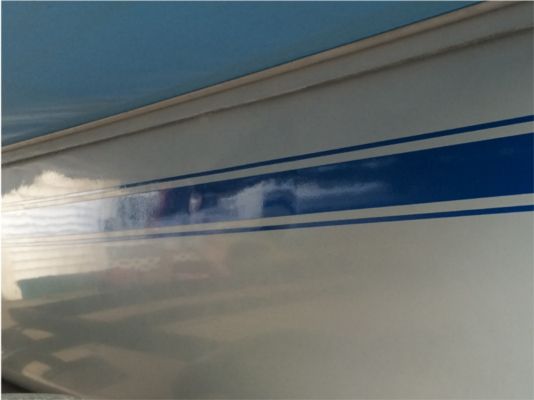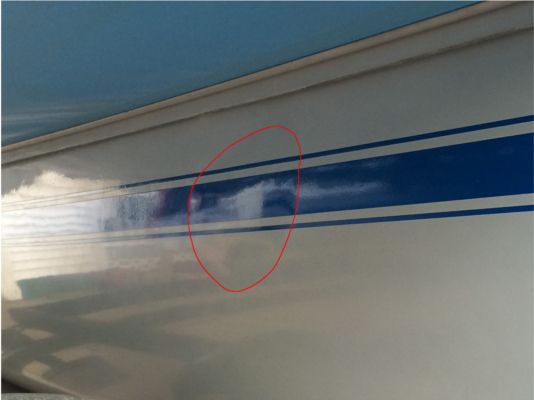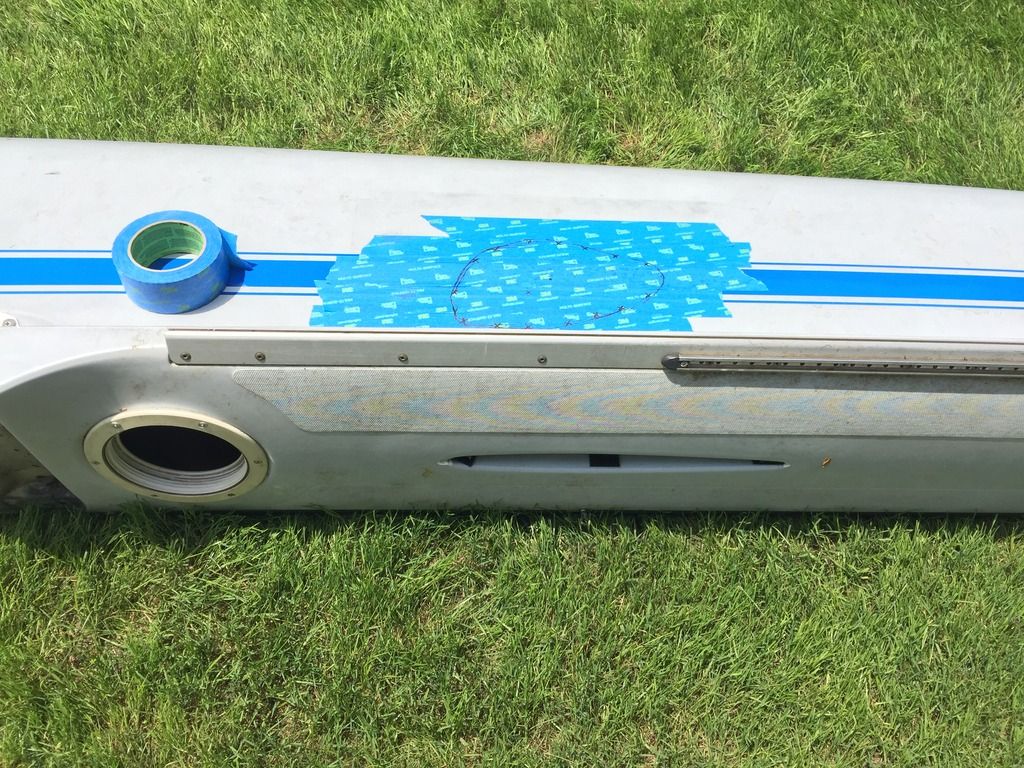Looks like I'm not done with the Epoxy quite yet...
I've found another soft spot in my hulls, this time on the port hull, inboard side, pretty much alongside the daggerboard trunk (well aft of the crossbar). Probably ~8-12" in diameter. I saw what looked like a large "bubble" in the side of the hull, pressed on it and heard that characteristic "crunch."



This seems odd to me. I know decks are common, due to the constantly compression from being sat on and walked on, but the side of the hull? This will be the third soft spot I've had to repair in the last 3 years, and the second one on this hull. Each soft spot developed fairly quickly, I believe... I don't think this one existed a few months ago, and it definitely didn't exist a year ago. The other (rather large) soft spot in this hull didn't exist two years ago, I'm relatively sure. Other than these problem areas, my hulls are in great shape; just some bottom wear and (I suspect) leaky deck ports... very little water in the hulls after a sail, sometimes even bone dry!
Here's a picture of the bottoms of my hulls from this June when I had it all apart:

My question is, what could've caused a soft spot in a relatively low stress area of the boat, in such a short time period, and what can I do to prevent it? I believe that one per year is beyond random happenstance, and is more likely the result of a larger problem, either with the boat or with the way I maintain it.
I don't have a place to store the boat indoors, so unfortunately I keep it on a trailer (bunks), outside and uncovered year round, but I remove all the rigging and trampoline in the winter.
